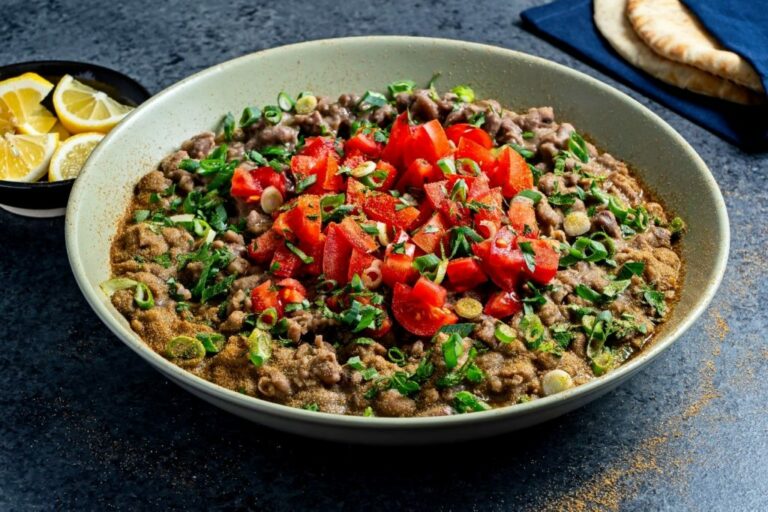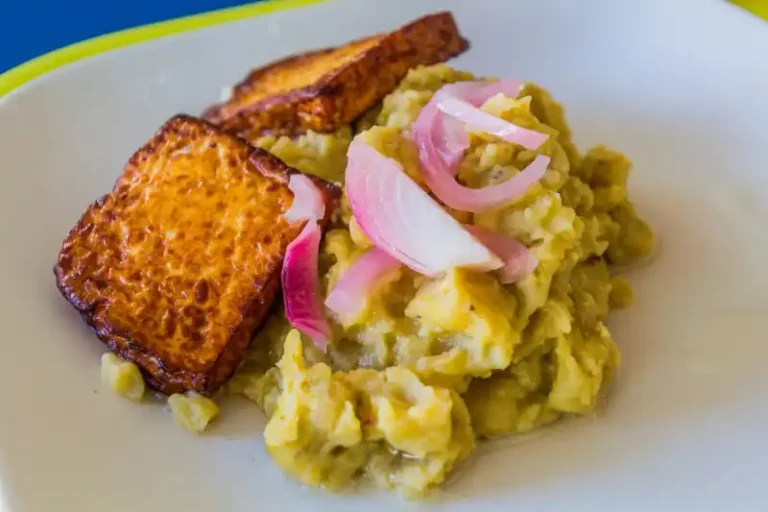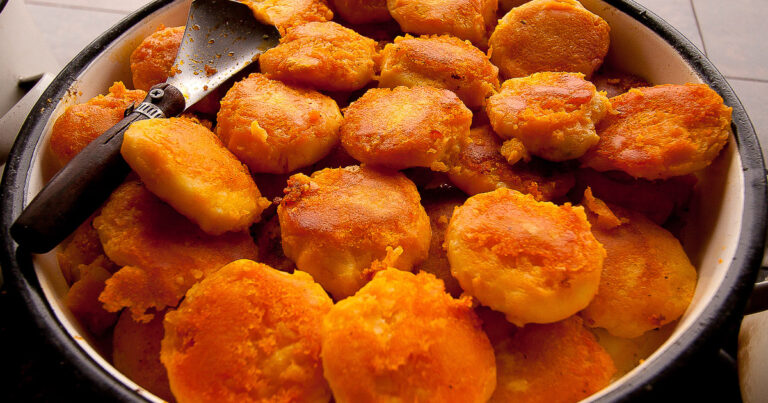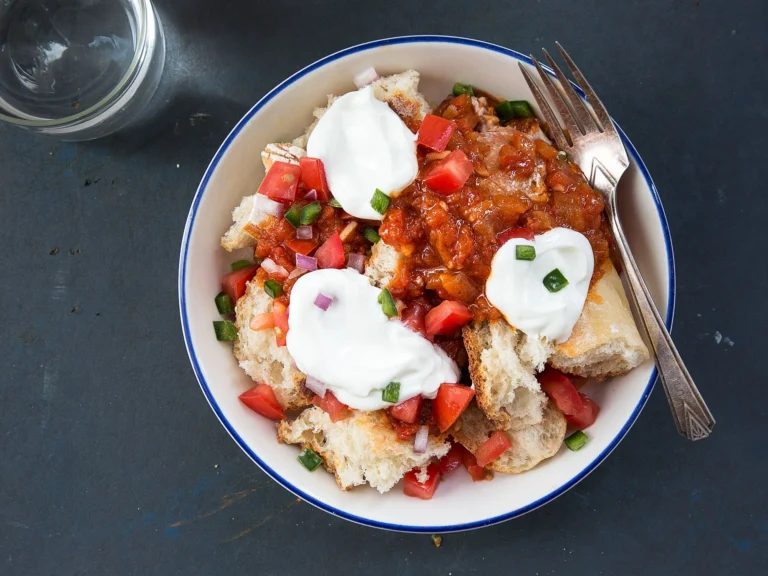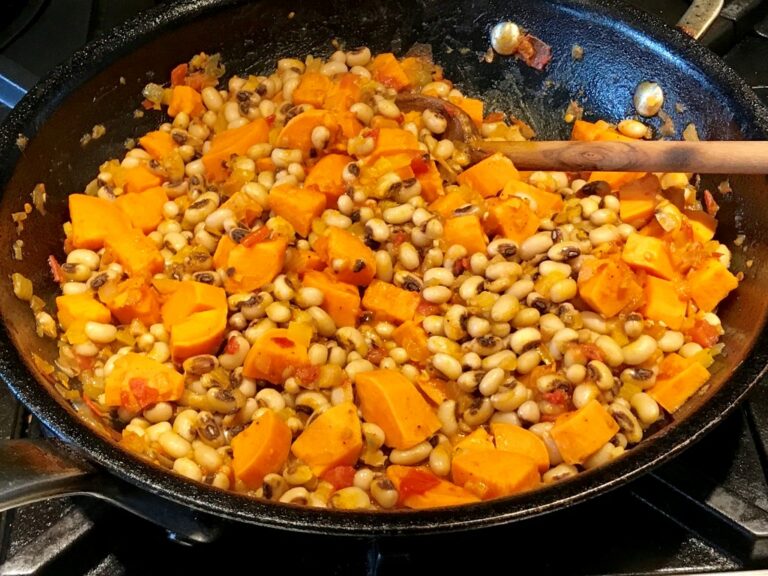Introduction: Overview of Scandinavian Cuisine
Scandinavian cuisine is a collection of culinary traditions that have developed over centuries in Denmark, Sweden, Norway, Finland, and Iceland. These countries share many similarities in terms of climate, geography, and cultural heritage, which have influenced their respective food cultures. Scandinavian cuisine is known for its emphasis on fresh, seasonal ingredients, simple preparation techniques, and minimal use of spices. Fish, meat, and dairy products are staples of the diet, and many traditional dishes are based on preserved foods, such as pickled herring, smoked salmon, and cured meats.
Regional Differences: Denmark, Sweden, Norway, Finland, Iceland
Despite their shared cultural and geographical background, Scandinavian cuisines differ in significant ways. Denmark, for example, has a greater emphasis on dairy products, while Norway and Sweden are known for their seafood. Finland, on the other hand, has a strong tradition of foraging and using wild mushrooms and berries in cooking. Iceland’s cuisine is heavily influenced by its isolation and harsh climate, with a focus on preserved meats and seafood. Additionally, each country has its own unique regional specialties and variations, reflecting local ingredients and cultural influences.
Danish Cuisine: Influences and Characteristics
Danish cuisine is characterized by its simplicity, freshness, and focus on high-quality ingredients. The country’s location on the Baltic Sea has shaped its food culture, with an emphasis on seafood, particularly herring, salmon, and cod. Dairy products, especially butter and cheese, are also important in Danish cooking. Danish cuisine has been influenced by German, French, and Nordic culinary traditions, resulting in dishes that combine simplicity and sophistication. Traditional Danish dishes include smørrebrød, open-faced sandwiches topped with a variety of meats, fish, and vegetables, frikadeller, meatballs made with pork and beef, and flæskesteg, roasted pork with crackling.
Differences in Ingredients: Dairy, Meat, Fish, Produce
Danish cuisine differs from other Scandinavian cuisines in its emphasis on dairy products, particularly butter and cheese. These ingredients are used liberally in many dishes, from mashed potatoes to pastries. Meat is also important in Danish cooking, with pork being the most popular meat, followed by beef and lamb. Fish, especially herring, salmon, and cod, are staples of the Danish diet. Produce is also an important part of the cuisine, with seasonal fruits and vegetables, such as apples, berries, root vegetables, and cabbage, featuring prominently in many dishes.
Traditional Danish Dishes: Smørrebrød, Frikadeller, Flæskesteg
Smørrebrød is perhaps the most famous Danish dish, consisting of a slice of rye bread topped with a variety of ingredients, including smoked salmon, roast beef, liver pate, pickled herring, and cheese. Frikadeller, meatballs made with pork and beef, are another traditional Danish dish, often served with boiled potatoes and gravy. Flæskesteg, roasted pork with crackling, is a popular dish for special occasions, such as Christmas and Easter.
Swedish Cuisine: Similarities and Differences with Danish Cuisine
Swedish cuisine shares many similarities with Danish cuisine, with a focus on fresh, high-quality ingredients and simple preparation techniques. However, there are also significant differences, particularly in terms of the use of spices and herbs. Swedish cuisine is known for its use of dill, while Danish cuisine tends to be more subtle in terms of seasoning. Additionally, Swedish cuisine has a greater emphasis on seafood, while Danish cuisine places more emphasis on dairy products.
Norwegian Cuisine: Similarities and Differences with Danish Cuisine
Norwegian cuisine also shares many similarities with Danish cuisine, with a focus on fresh, seasonal ingredients and simple preparation techniques. However, there are also differences in terms of the use of fish and meat. While both cuisines place a strong emphasis on seafood, Norwegian cuisine has a greater focus on preserved fish, such as salted cod and smoked salmon. Additionally, Norwegian cuisine has a tradition of using game meats, such as reindeer and elk, which are not as common in Danish cuisine.
Conclusion: The Diversity of Scandinavian Cuisine
Scandinavian cuisine is a diverse and rich culinary tradition, shaped by centuries of cultural and geographical influences. Each country has its own unique food culture, with regional specialties and variations that reflect local ingredients and cultural influences. Despite these differences, all Scandinavian cuisines share a common emphasis on fresh, seasonal ingredients, simple preparation techniques, and a love of good food.


